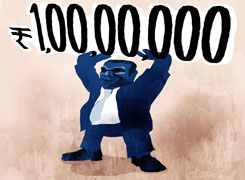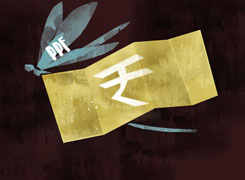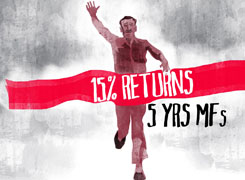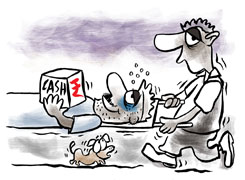Ajit Mishra | Answer |Ask -Follow
Answered on Jan 21, 2022

I am a cancer patient with third stage. I have small income and can save only 25000/- per month. I have a child four year old. I want to invest in stock market. So that i can give some financial support to my only child. Please suggest me one or two options for four to five years horizon. Please help me. Hope u reply me soon.
Allocate a portion of it in blue-chip companies like Reliance Industries, Britannia Industries, Bharti Airtel, M&M, HDFC Bank, TCS, ICICI Bank. One can also look at Nifty ETF as well.
You may like to see similar questions and answers below
Ajit Mishra | Answer |Ask -Follow
Answered on Jan 31, 2022
Ajit Mishra | Answer |Ask -Follow
Answered on Jan 31, 2022
Ramalingam Kalirajan |7606 Answers |Ask -Follow
Mutual Funds, Financial Planning Expert - Answered on Jul 26, 2024
Ramalingam Kalirajan |7606 Answers |Ask -Follow
Mutual Funds, Financial Planning Expert - Answered on Jul 25, 2024
Milind Vadjikar |879 Answers |Ask -Follow
Insurance, Stocks, MF, PF Expert - Answered on Jan 22, 2025
Milind Vadjikar |879 Answers |Ask -Follow
Insurance, Stocks, MF, PF Expert - Answered on Jan 22, 2025
Milind Vadjikar |879 Answers |Ask -Follow
Insurance, Stocks, MF, PF Expert - Answered on Jan 22, 2025
Radheshyam Zanwar |1149 Answers |Ask -Follow
MHT-CET, IIT-JEE, NEET-UG Expert - Answered on Jan 22, 2025
Milind Vadjikar |879 Answers |Ask -Follow
Insurance, Stocks, MF, PF Expert - Answered on Jan 22, 2025
Ramalingam Kalirajan |7606 Answers |Ask -Follow
Mutual Funds, Financial Planning Expert - Answered on Jan 22, 2025
Dr Rajiv Kovil |26 Answers |Ask -Follow
Diabetologist - Answered on Jan 22, 2025
Dr Rajiv Kovil |26 Answers |Ask -Follow
Diabetologist - Answered on Jan 22, 2025
Dr Rajiv Kovil |26 Answers |Ask -Follow
Diabetologist - Answered on Jan 22, 2025
Dr Rajiv Kovil |26 Answers |Ask -Follow
Diabetologist - Answered on Jan 22, 2025





















